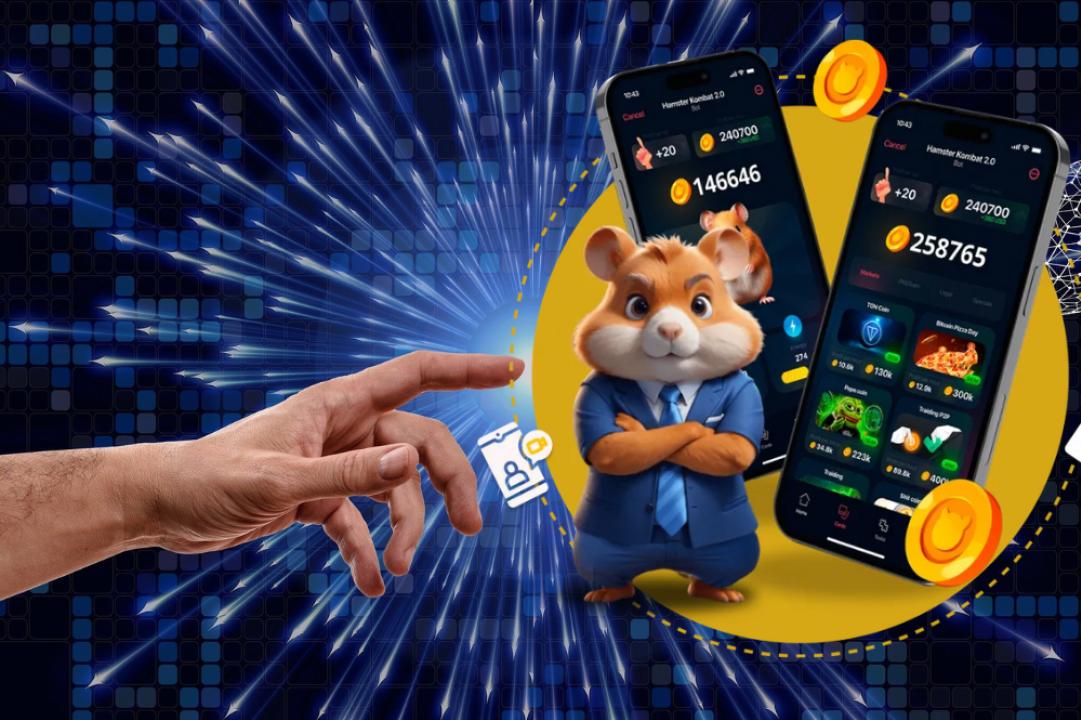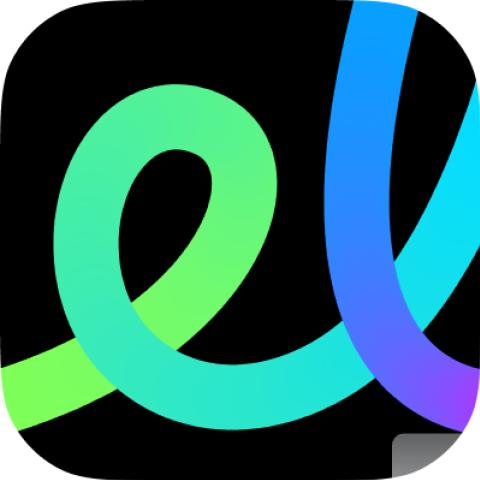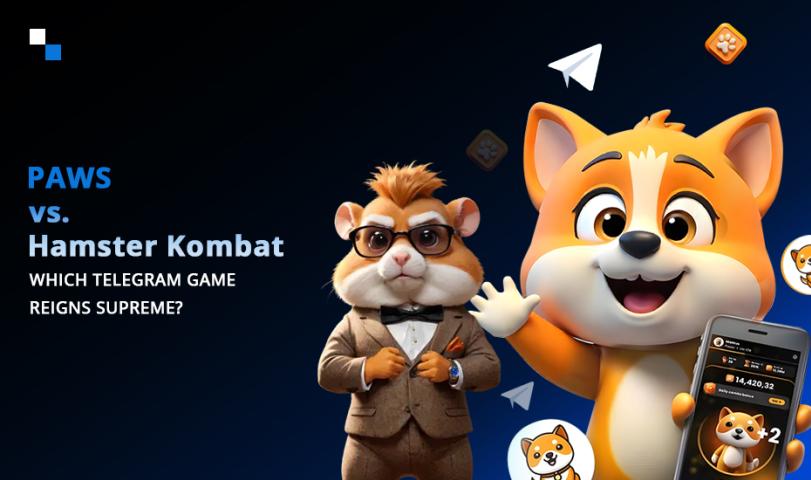Blockchain is changing how we think about technology, and gaming is no exception. It’s already making its mark on various industries, and now it’s entering the world of Telegram mini-games. Telegram has grown into a popular platform for games, with its mini-games offering lightweight, fun, and quick entertainment for users. Developers have a lot of opportunities in this space, and blockchain is set to play a big role in its future.
In this post, we’ll explore how blockchain can transform Telegram mini-games. From player ownership to decentralized economies, the impact is bound to be game-changing.
What is Blockchain?
Before diving into its role in game development, let’s break down what blockchain is.
Blockchain is a decentralized ledger that records transactions across multiple computers. These records, or “blocks,” are linked and secured using cryptography. This technology ensures transparency, security, and immutability, making it difficult to alter or tamper with data.
In simple terms, blockchain makes sure that no single entity controls data. It’s shared and verified by everyone involved. This opens up many possibilities for fairness and security, which are crucial for Telegram Mini Games Development.
Current State of Telegram Mini-Games
Telegram is more than just a messaging app. It has become a platform for developers to create mini-games using bots and the Telegram Game API. These games are typically lightweight, browser-based, and easy to integrate within the Telegram interface.
Currently, most Telegram mini-games follow the traditional free-to-play model. Players can enjoy the games for free, but they might be encouraged to make in-game purchases for items or cosmetic upgrades. These transactions are often centralized, with developers or third-party platforms controlling the game's economy.
While this model has worked for many games, there are limitations:
- Lack of true player ownership over in-game assets.
- Difficulty in transferring assets between games.
- Centralized control of the game economy.
- Limited ways to incentivize players and developers fairly.
This is where blockchain can offer solutions.
How Blockchain Can Benefit Telegram Mini-Games
1. True Ownership of In-Game Assets
Blockchain enables true ownership of digital assets through Non-Fungible Tokens (NFTs). Unlike traditional gaming models where players purchase items but don’t actually "own" them, NFTs allow players to own and control their in-game items. These items are stored on a blockchain, giving players the freedom to trade, sell, or keep them forever.
Imagine playing a Telegram mini-game and earning a rare sword as an NFT. You can use this sword across multiple games or sell it in a marketplace. You’re not limited by the game’s lifecycle or a centralized platform that might shut down at any moment.
For developers, this opens up new ways to engage players. Players will be more invested in games when they know their time and money lead to real ownership. Blockchain makes this possible by decentralizing asset control.
2. Decentralized Economies
One of the most exciting possibilities of blockchain is the creation of decentralized in-game economies. In traditional games, the game developer controls the flow of money and assets within the game. Blockchain changes this dynamic by allowing the community and market forces to influence the game’s economy.
In a decentralized economy, players can trade items with one another using cryptocurrency. They don’t have to rely on developers to create a marketplace or approve transactions. Everything is transparent and peer-to-peer.
For Telegram mini-games, this could mean players can earn in-game currency or tokens that have real-world value. Players could trade these tokens, buy items, or even cash out for traditional currencies.
This system creates more fairness, as players who contribute to the game’s ecosystem are rewarded for their time and effort. Developers can also benefit by introducing token-based rewards systems to incentivize player engagement.
3. Play-to-Earn Models
Blockchain is making the play-to-earn model possible. Unlike traditional games where players pay to play or buy in-game items, blockchain allows players to earn real value from their gaming activities.
In a play-to-earn model, players can earn tokens or cryptocurrencies by playing a game, completing challenges, or winning competitions. These tokens can be traded or sold, offering players the opportunity to monetize their time spent in the game.
For Telegram mini-games, this could revolutionize the player base. Casual players who would otherwise only spend time in the game can now earn rewards for their activity. This attracts a larger, more engaged audience and gives developers new opportunities to design compelling game mechanics that reward player actions.
4. Smart Contracts for Fair Play
Smart contracts are another blockchain feature that can benefit game development. Smart contracts are self-executing contracts where the terms of the agreement are written into the code. They allow for automated and transparent execution of rules.
In the context of Telegram mini-games, smart contracts can ensure fairness by managing game rules, rewards, and transactions without the need for a centralized authority. For example, a game might use smart contracts to automatically distribute rewards to players based on their performance. This ensures that everyone gets their rewards fairly and on time.
Developers can also use smart contracts to create provably fair games. Since smart contracts are stored on the blockchain and are transparent, players can verify that the game’s rules are fair and that no one is cheating. This increases trust in the game and makes it more appealing to a wider audience.
5. Interoperability Between Games
One of the long-standing challenges in gaming is the lack of interoperability between different games. Players typically cannot transfer their progress, items, or currencies from one game to another. Once they stop playing a game, all their achievements are stuck within that ecosystem.
Blockchain can solve this by creating interoperable assets. Since NFTs and tokens are stored on a blockchain, they can be used across multiple games. This opens up the possibility of players using the same item in different Telegram mini-games or even games on other platforms.
For instance, a player might earn a special NFT weapon in one Telegram mini-game. They could then use that same weapon in another game that supports the same blockchain standard. This creates a more interconnected gaming experience, where players’ progress and investments follow them across different games.
6. Decentralized Development and Governance
Blockchain also enables decentralized game development through governance tokens. These tokens give players a say in the future development of the game. By holding governance tokens, players can vote on changes, new features, or updates to the game.
In Telegram mini-games, this can create a more community-driven development process. Players who are deeply involved in a game’s ecosystem can help guide its development. This fosters a stronger connection between developers and players and leads to better games that reflect the needs and desires of the community.
Developers can also benefit from this system by sharing the responsibility for maintaining the game with the community. This decentralized approach can help scale game development and ensure that games evolve in a way that aligns with the players’ interests.
Challenges to Blockchain Adoption in Telegram Mini-Games
While the potential of blockchain in Telegram mini-games is clear, there are some challenges that need to be addressed.
1. User Education
For blockchain-based games to succeed, players need to understand how blockchain works. Concepts like NFTs, smart contracts, and decentralized economies can be confusing to the average player. Developers will need to focus on creating simple, user-friendly interfaces that abstract away the complexity of blockchain.
2. Scalability
Blockchain scalability is a well-known issue. As the number of transactions increases, some blockchains experience slowdowns or high transaction fees. For Telegram mini-games that aim to have a large user base, this could become a problem. However, solutions like Layer 2 scaling and more efficient blockchains are being developed to address this.
3. Regulatory Concerns
Cryptocurrencies and NFTs are still in a regulatory gray area in many parts of the world. This could affect the adoption of blockchain in games, as developers will need to navigate different legal frameworks for using blockchain-based assets and currencies.
The Future of Blockchain in Telegram Mini-Games
Despite the challenges, the future looks promising for blockchain in Telegram mini-games. As blockchain technology matures, many of the current limitations will be addressed, paving the way for wider adoption.
The integration of blockchain can lead to more innovative game designs, where players have greater control over their assets and can participate in thriving in-game economies. Developers will also have new opportunities to create engaging, decentralized games that reward players for their time and effort.
Telegram is a platform known for its flexibility, and blockchain could enhance this by adding another layer of player ownership and decentralization. The possibilities are vast, from cross-game NFTs to decentralized game governance. As the Technologies Are Used in Telegram Mini Games Development are likely to be at the forefront of this exciting transformation.
Conclusion
Blockchain has the potential to completely transform the development of Telegram mini-games. It introduces true ownership of in-game assets, decentralized economies, and fair play through smart contracts, which benefits both developers and players. This technology offers new opportunities for more engaging, player-driven experiences, as well as economic systems that reward players for their time and achievements.
While challenges such as scalability and regulation exist, they are likely to be addressed as the technology matures. The integration of blockchain will open new doors for innovation in Telegram mini-game development, making it a key factor in the future of gaming on the platform.
As more developers and Telegram Mini Game Development Company explore blockchain, the gaming landscape will become more dynamic, with exciting possibilities for both creators and players.











